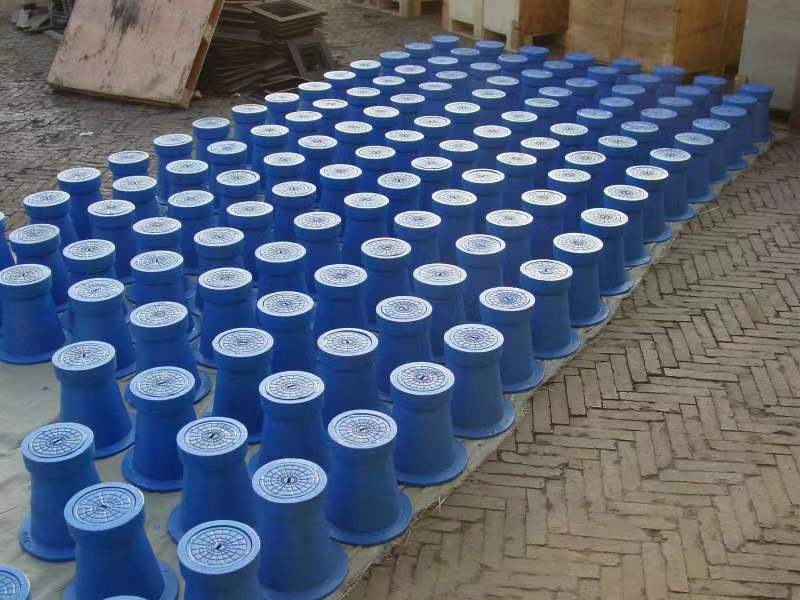actuator valve butterfly
Understanding Butterfly Valve Actuators Function and Importance
Butterfly valves are a vital component in various industrial applications, designed to regulate and isolate flow in piping systems. The actuator, an essential part of butterfly valves, plays a crucial role in their operation, allowing for precise control over the valve's position and, consequently, the flow of fluid.
What is a Butterfly Valve?
A butterfly valve consists of a circular disc or blade that rotates around a central axis to either allow or restrict the flow of fluid. Its design is simple yet effective, making it popular in applications where space is limited. Typically, butterfly valves are used in water supply systems, HVAC systems, and various chemical processes due to their ability to handle large volumes of fluids with minimal pressure loss.
The Role of the Actuator
Actuators are devices that control the movement of the butterfly valve. They can be powered by various means, including pneumatic, hydraulic, or electric power. The choice of actuator depends on the specific requirements of the application, such as the speed of operation, the nature of the fluid, and the environmental conditions.
Types of Actuators
1. Pneumatic Actuators These use compressed air to control the valve's movement. They are favored for their speed and reliability, often employed in systems requiring quick adjustments. Their design can be single-acting or double-acting, depending on whether they require air pressure for both opening and closing.
2. Electric Actuators These are driven by electric motors, providing precise control and the ability to integrate with automated control systems. Electric actuators are ideal for applications where remote control or automation is critical. They typically offer a range of control options, including variable speed and torque settings.
actuator valve butterfly

3. Hydraulic Actuators Utilizing hydraulic fluid, these actuators provide significant force, making them suitable for large valves or high-pressure applications. They are often found in industries such as oil and gas, where substantial force is necessary.
Benefits of Using Butterfly Valve Actuators
The integration of actuators with butterfly valves enhances their functionality, offering numerous advantages
- Efficiency Actuators enable quick response times for opening and closing the valve, ensuring efficient flow control in dynamic systems.
- Automation Modern actuators facilitate automation, allowing for integration with control systems for continuous monitoring and adjustment of flow rates.
- Space-Saving Design Compared to other valve types, butterfly valves, especially when paired with compact actuators, require less space, making them suitable for installations where space is at a premium.
- Cost-Effectiveness Butterfly valves combined with actuators often provide a cost-effective solution, requiring less material and labor for installation and maintenance.
Conclusion
Butterfly valves and their actuators are indispensable in modern industrial processes, ensuring effective fluid control across various sectors. The actuator's choice, whether pneumatic, electric, or hydraulic, significantly influences the efficiency and effectiveness of the valve system. Understanding these components' roles can help engineers and operators make informed decisions, ultimately leading to optimized operations and enhanced system performance. As industries continue to evolve, the importance of reliable and efficient flow control systems, underscored by butterfly valve actuators, will only intensify.
-
The Smarter Choice for Pedestrian AreasNewsJun.30,2025
-
The Gold Standard in Round Drain CoversNewsJun.30,2025
-
The Gold Standard in Manhole Cover SystemsNewsJun.30,2025
-
Superior Drainage Solutions with Premium Gully GratesNewsJun.30,2025
-
Superior Drainage Solutions for Global InfrastructureNewsJun.30,2025
-
Square Manhole Solutions for Modern InfrastructureNewsJun.30,2025
-
Premium Manhole Covers for Modern InfrastructureNewsJun.30,2025
